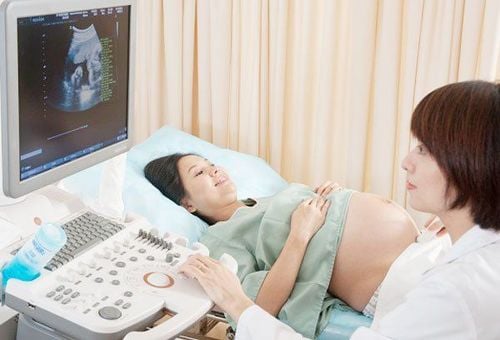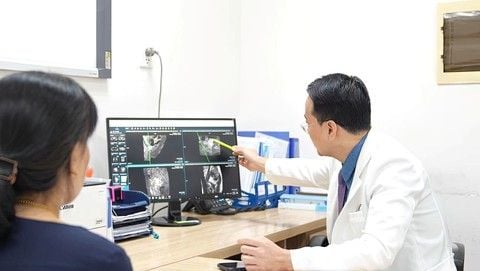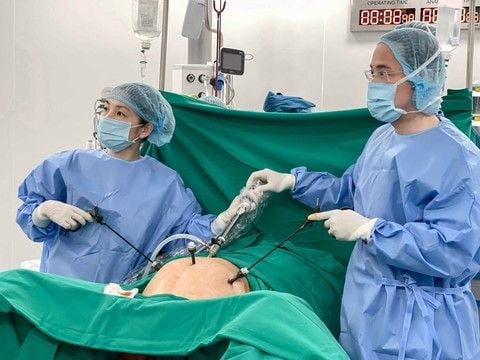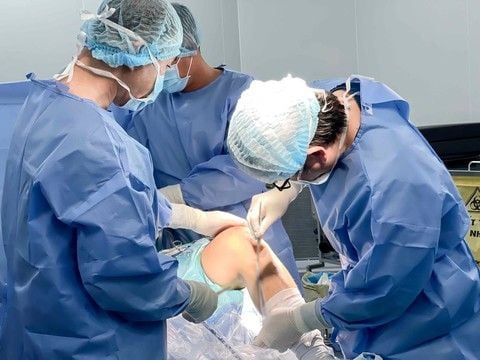Article by Dr. Nguyen Thi Hoai Nam, Specialist level II - Head of Pain Management Unit - Department of Anesthesiology and Surgery - Vinmec Central Park International Hospital
The condition of shivering may be encountered in postpartum patients following regional anesthesia during cesarean delivery. This is a common phenomenon, yet it is often not managed appropriately, leading to various complications thereafter. Therefore, prevention and treatment of shivering hold significant importance for the health of postpartum women
1. Shivering may be experienced by parturients following cesarean delivery
Neuraxial anesthesia, including spinal anesthesia, epidural anesthesia, or combined spinal-epidural anesthesia, is commonly used in cesarean sections because the drug has the least effect on the fetus. However, neuraxial anesthesia is often associated with perioperative shivering, which can lead to excessive discomfort or anxiety for the parturients. This is a common clinical problem but is often undertreated. It can lead to a substantial increase in oxygen consumption, potentially posing a serious risk to parturients with ischemic heart disease.
Therefore, preventing and treating shivering can be of great significance for parturients. A previous study estimated the average incidence of anesthesia-related shivering to be 55%. The mechanism of shivering caused by neuraxial anesthesia is still unclear. Related factors include:
• Loss of thermoregulatory vasoconstriction below the level of the block leads to increased heat loss from the body surface.
• Redistribution of body heat from the core to the periphery.
• Altered thermoregulation due to increased sweating threshold and decreased vasoconstriction.
Perioperative shivering can impede the monitoring of electrocardiography, blood pressure, and oxygen saturation, and significantly increase oxygen consumption, posing a risk to parturients with limited cardiopulmonary reserve. Accordingly, medication is still the most common way to prevent and treat shivering. So how should we correctly understand the use of drugs in the treatment of shivering in cesarean sections under neuraxial anesthesia?
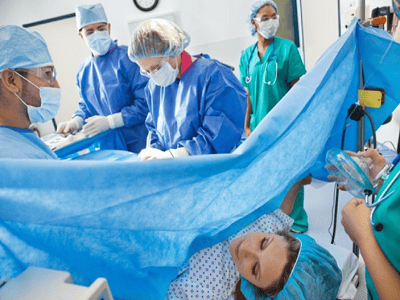
2. Medications used in the treatment of shivering in cesarean sections under neuraxial anesthesia
Eighteen randomized controlled trials extracted from PubMed, EMBASE, and the Cochrane Library showed the effectiveness of spinal Dexmedetomidine, Fentanyl, Sufentanil, Meperidine; intravenous Ketamine, Tramadol, MgSO4, Ondansetron in the treatment of shivering in cesarean sections under neuraxial anesthesia. Specifically:
• Dexmedetomidine:5mcg of spinal dexmedetomidine showed a significant reduction in the rate and severity of shivering in cesarean sections under anesthesia without significant side effects. The 2.5mcg dose did not reduce shivering.
• Fentanyl, sufentanil: Another accepted regimen includes 20-25mcg of spinal fentanyl, 25mcg of epidural fentanyl, 5mcg of spinal sufentanil also reduces the rate and severity of shivering.
• Ketamine: With a dose of 0.5mg/kg or 0.25mg/kg intravenously, both significantly reduced the rate and severity of shivering in cesarean sections under anesthesia. However, side effects of Ketamine such as nystagmus and hallucinations were more common at the 0.5mg/kg dose than the 0.25mg/kg dose.
• Meperidine: Studies show that spinal meperidine at a dose of 0.2mg/kg significantly reduces the rate and severity of shivering without side effects. With higher doses, the anti-shivering effect is better but more side effects such as itching, nausea, vomiting are encountered. When comparing meperidine with intrathecal morphine in cesarean deliveries, the combination of meperidine with hyperbaric bupivacaine for spinal anesthesia demonstrated superior anti-shivering efficacy compared to the combination with morphine. Increasing the morphine dose from 0.1mg to 0.2mg did not further enhance the anti-shivering effect.

• MgSO4: Combining MgSO4 with spinal anesthetic reduces the rate and severity of shivering within 10 to 20 minutes after anesthesia. However, this effect is not long-lasting, and also significantly increases the level of shivering afterwards.
• Ondansetron: One study showed that 8mg of intravenous ondansetron immediately after anesthesia reduced the rate and severity of shivering, while another study showed that the drug was not effective.
• Tramadol: Intravenous tramadol is used to treat grade 3 or 4 shivering in postpartum women. Intravenous tramadol and meperidine are both effective for treating shivering after epidural anesthesia and tramadol causes less drowsiness than meperidine. The effectiveness of tramadol at doses of 0.5mg/kg and 0.25mg/kg is the same and there is no difference in side effects.
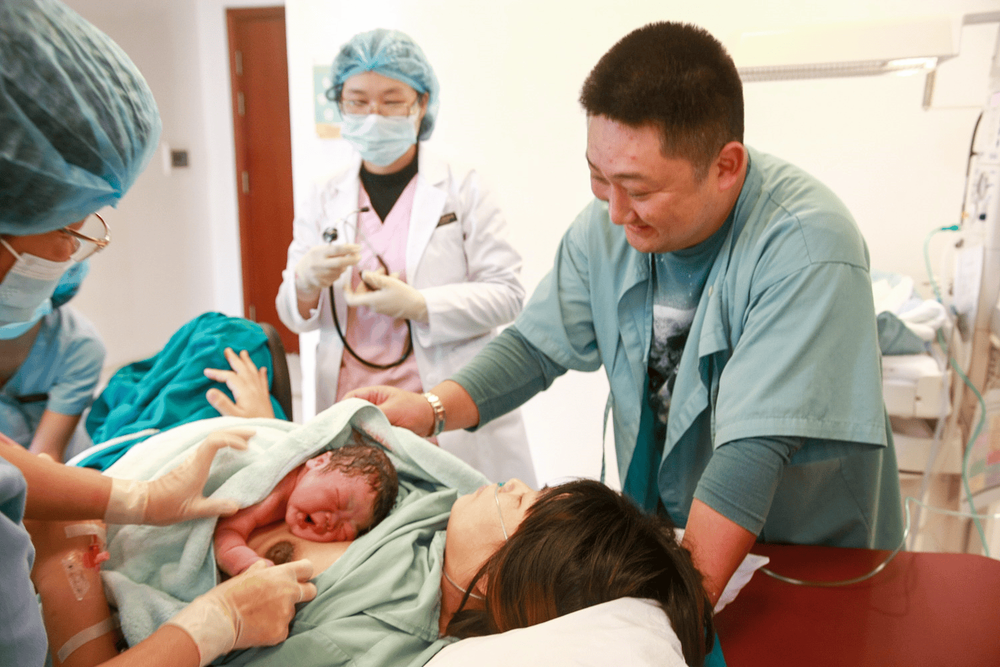
Currently, there is still no method considered the gold standard in treating shivering in cesarean sections under neuraxial anesthesia. The results of synthesized studies show that using the right drugs Dexmedetomidine, Fentanyl, Sufentanil, Ketamine, Meperidine, Tramadol and MgSO4 can reduce the rate and severity of shivering in cesarean sections under anesthesia while the effectiveness tests of intravenous Ondansetron have no conclusion. Intravenous Ketamine and spinal Meperidine are associated with increased side effects when increasing the dose, so they may not be suitable for use in postpartum women.
To ensure safety and avoid side effects after performing neuraxial anesthesia for cesarean section, pregnant women should choose reputable facilities and hospitals that ensure expertise in surgical anesthesia.
Vinmec International General Hospital is a multi-specialty hospital that meets international standards with modern facilities, a team of specialized doctors and experienced nurses with many years of experience in surgical anesthesia. During the procedure, the medical team always adheres to anesthesia protocols, anesthesia procedures, and safety guidelines for anesthesia checklists for 100% of surgeries to minimize unwanted effects after cesarean section. In particular, with comprehensive postpartum care services, postpartum women will recover quickly and be discharged home soon.
To arrange an appointment, please call HOTLINE or make your reservation directly HERE. You may also download the MyVinmec app to schedule appointments faster and manage your reservations more conveniently.
References
Summary by Jie Liu, Yong Wang, Wuhua MA “Shivering prevention and treatment during cesarean delivery under neuraxial anesthesia: a systematic review”, Minerva Anestesiologica 2018 December;84(12):1393-405 Doi: 10.23736 /s0375-9393.18.12478-3
To arrange an appointment, please call HOTLINE or make your reservation directly HERE. You may also download the MyVinmec app to schedule appointments faster and manage your reservations more conveniently.


